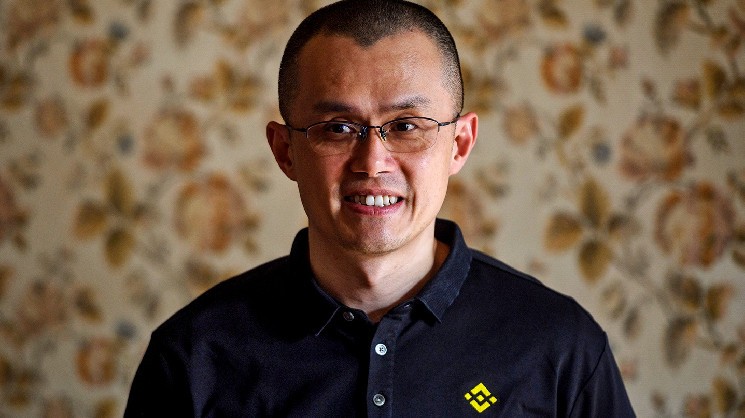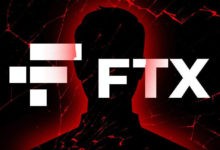Binance Curb on Zero-Fee Trading May Cost Market Share, Boost TrueUSD Stablecoin

Binance’s market share may drop after the world’s largest crypto exchange by trading volume abolished most zero-fee trading after just nine months, according to Kaiko’s head of research.
Binance phased out zero-fee buying and selling bitcoin (BTC) with several asset pairs Wednesday, only keeping the promotion for TrueUSD (TUSD) stablecoin. Binance’s decision may foreshadow a major shift for centralized crypto exchanges, ending Binance’s dominance. Zero-fee trading pairs have represented some 60% of all trading volume on the platform, according to Kaiko data. It may also underscore TUSD’s status as Binance’s favored stablecoin.
After introducing zero fee trading for some BTC pairs globally last summer, Binance snatched significant share from rivals amid a market rout when exchanges were grappling with low trading volumes and dwindling revenues. The measure helped Binance grow its market share to 72% from 50% last July compared to most liquid exchanges, Clara Medalie, research director at crypto market data provider Kaiko, highlighted.
“Zero-fee trading is unsustainable in the long run, but in the short run enabled Binance to gain massive market share,” Medalie told Coindesk in an email. “Without zero fees for most BTC pairs, we could expect a short-term drop in market share.”
Emergence of TrueUSD
TrueUSD’s has risen in stature after regulators cracked down on Binance USD (BUSD). Paxos, the firm that issues BUSD under the exchange’s brand, was ordered last month by the New York Department of Financial Services (NYDFS) to wind down the stablecoin. Subsequently, BUSD’s supply fell rapidly from $16 billion to $8 billion.
“The exchange seems to have crowned a possible successor in TUSD,” Medalie said.
TUSD more than doubled in market capitalization since the announcement of BUSD’s phaseout, surpassing $2 billion, CoinGecko data shows. The stablecoin is managed by Archblock, formerly known as TrustToken, and its intellectual property was acquired by a little-known Asian investment conglomerate Techteryx. Reports alleged that crypto billionaire and Tron founder Justin Sun might be behind TUSD, but the firm denied allegations earlier.
The BTC-TUSD trading volume had recently grown tenfold compared to Tuesday, Dustin Teander, an analyst at crypto research firm Messari, said in an email. However, the asset pair’s $50 million spot trading volume in the past 24 hours is dwarfed by the dominant stablecoin USDT’s $6 billion and BUSD’s $1 billion volume, he added.
Mike van Rossum, founder of crypto trading firm Folkvang, said it’s still early to tell how much Binance wants to push TUSD as the “de facto standard” on its platform, adding that making trading free is a powerful tool.
“If people end up trusting TUSD – very uncertain right now – this zero fee promo can easily grow into the biggest market by volume,” he said.
A Binance spokesperson said in an email that the exchange’s goal “right now is to identify a diverse set of stablecoin products to offer users, particularly products that are transparent, regulated, and have strong relationships with banking institutions in markets that support innovation.”
“TUSD is the first of what will hopefully be many new stablecoin products being offered to users,» the spokesperson added.
The stablecoin market weathered turmoil earlier this month as several U.S. banks with close ties to crypto firms were shut down by regulators after suffering a run on deposits.
Binance reintroduced trading with USDC, USDP and TUSD stablecoins last week after banishing them from the platform and automatically converting deposits to BUSD in a controversial move last September.






 Bitcoin
Bitcoin  Ethereum
Ethereum  Tether
Tether  USDC
USDC  TRON
TRON  Dogecoin
Dogecoin  Cardano
Cardano  Bitcoin Cash
Bitcoin Cash  Chainlink
Chainlink  Monero
Monero  LEO Token
LEO Token  Zcash
Zcash  Stellar
Stellar  Litecoin
Litecoin  Hedera
Hedera  Dai
Dai  Cronos
Cronos  OKB
OKB  Tether Gold
Tether Gold  Ethereum Classic
Ethereum Classic  KuCoin
KuCoin  Gate
Gate  Algorand
Algorand  Cosmos Hub
Cosmos Hub  VeChain
VeChain  Dash
Dash  TrueUSD
TrueUSD  Tezos
Tezos  Stacks
Stacks  IOTA
IOTA  Basic Attention
Basic Attention  Theta Network
Theta Network  Decred
Decred  NEO
NEO  Synthetix
Synthetix  Qtum
Qtum  Ravencoin
Ravencoin  DigiByte
DigiByte  0x Protocol
0x Protocol  Nano
Nano  Zilliqa
Zilliqa  Holo
Holo  Siacoin
Siacoin  Numeraire
Numeraire  Waves
Waves  BUSD
BUSD  Status
Status  Enjin Coin
Enjin Coin  Pax Dollar
Pax Dollar  Ontology
Ontology  Hive
Hive  Lisk
Lisk  Steem
Steem  Huobi
Huobi  OMG Network
OMG Network  NEM
NEM  Bitcoin Gold
Bitcoin Gold  Augur
Augur  Ren
Ren  HUSD
HUSD